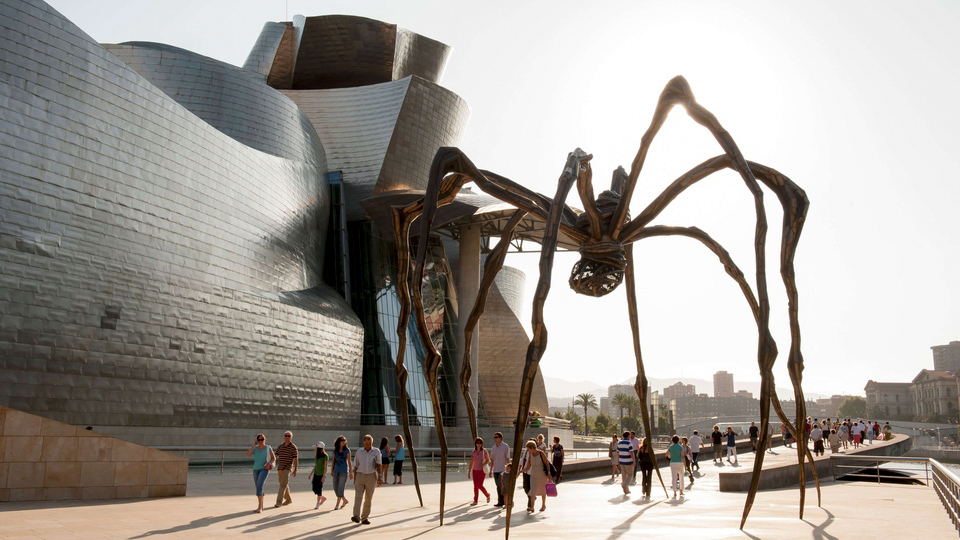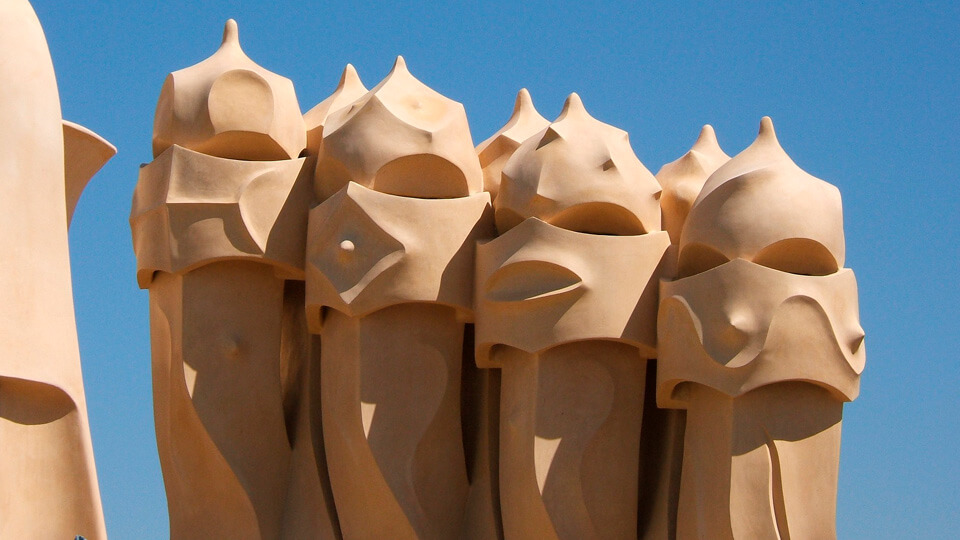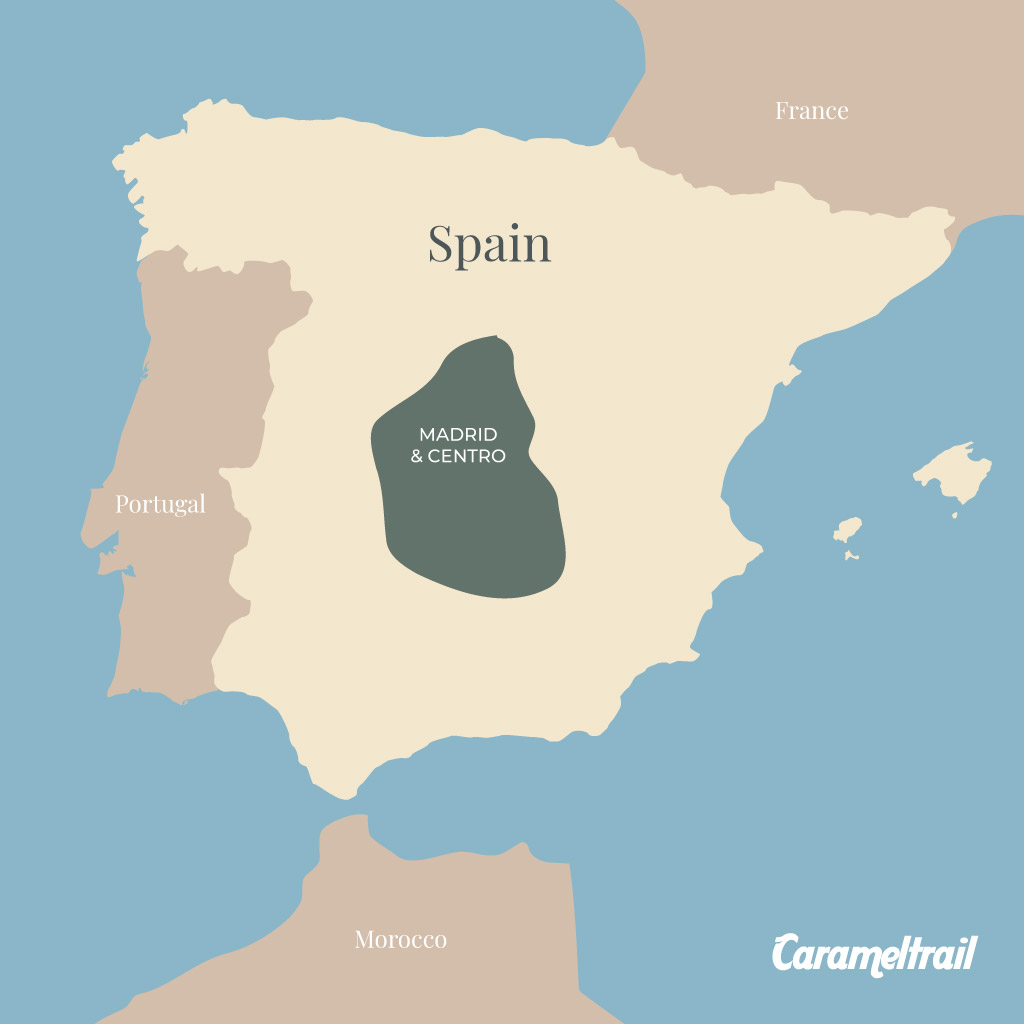
Madrid Historical Sites & El Prado Museum
Madrid is the third-largest city in the European Union. It sits on the Manzanares River, in the center of Spain. Today, Madrid is a vibrant, modern city with lively nightlife and great shopping, but it also is a cultural city that has many museums and art galleries, including the famous El Prado, as well as preserved historic monuments.
MADRID HISTORICAL SITES
Madrid has a shorter architectural history than many other European capitals. Although it has been inhabited since prehistoric times and was a Moorish fortress in the 9th century, Madrid remained a small town until Philip II moved the royal court to this city in 1561, making it the capital of Spain.
Madrid grew rapidly during the 17th century but it was not until in the 1900s that has gained many of its finest historical buildings.
Madrid’s beauty emerges from its historical sites. Unlike other cities, to walk through the center of Madrid is to walk through its history: decorative 18th century palaces that sit alongside imposing 19th-century buildings, Art Deco skyscrapers, concrete Modernist blocks and 21st-century glass-and-steel interventions.
Let´s see some of Madrid´s historical sites.
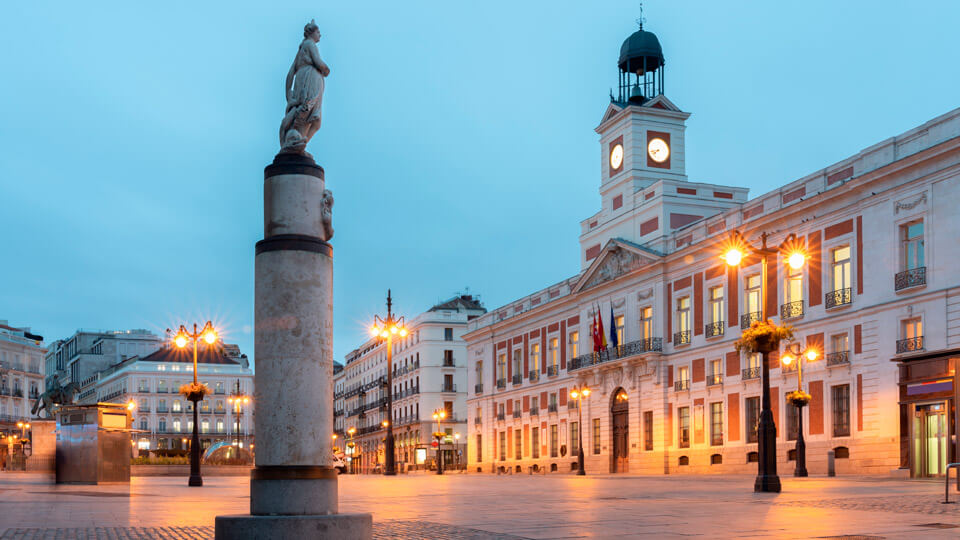
VISIT PUERTA DEL SOL IN MADRID
Puerta del Sol is the best spot to start your journey in this wonderful city because all the main streets start from here. Moreover, this is an iconic place in Spain, so it becomes a must for all tourists.
In Puerta del Sol you’ll find the famous statue of the bear and the arbutus tree (in Spanish “el oso y el madroño“) who was inspired by Madrid’s coat of arms. Here you will also find the clock of the Real Casa de Correos with its famous carillon which rings every end of the year since 1962. Besides, in this spot of the city there is also the famous Kilometer Zero (KM 0) – the starting point of the main Spanish radial roads.
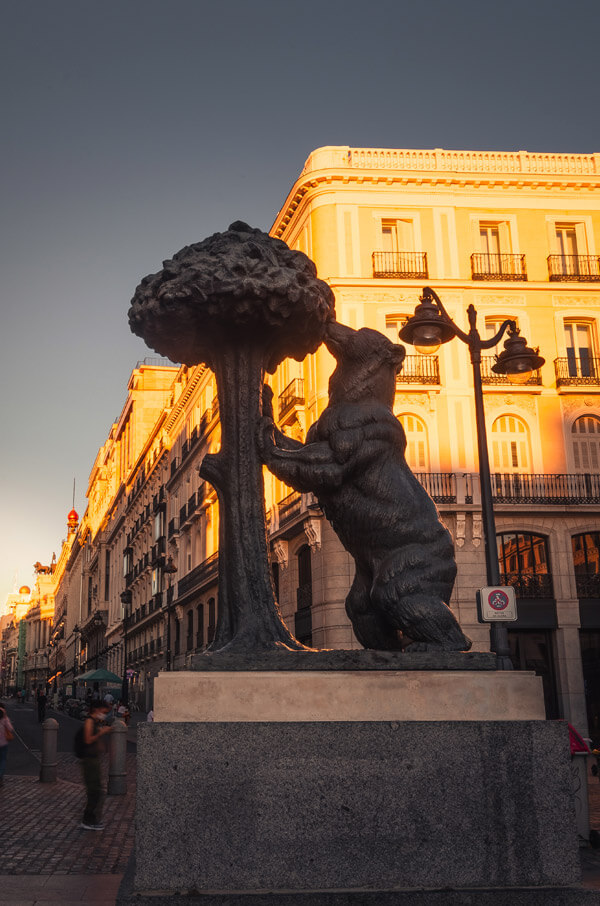
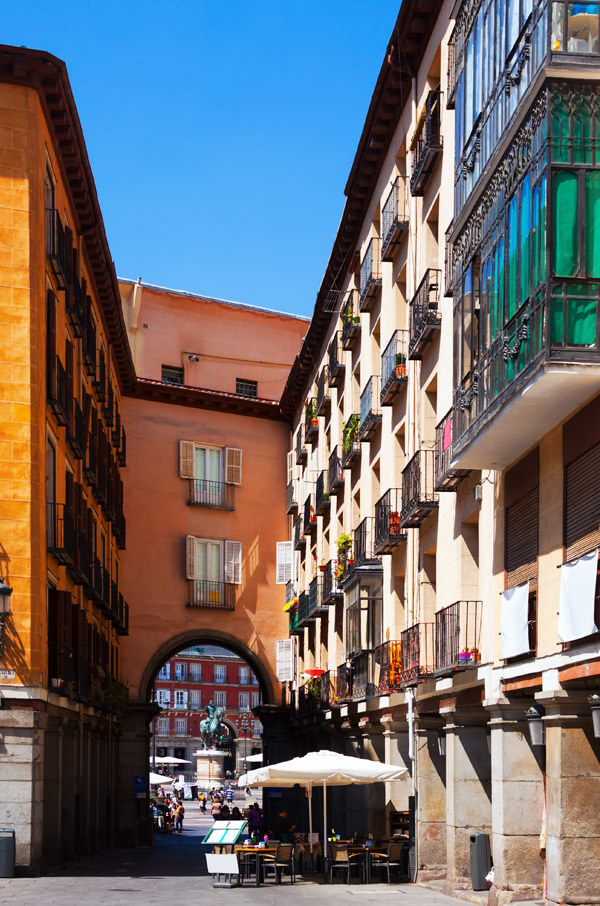
DON´T MISS PLAZA MAYOR WHEN IN MADRID
After visiting Puerta del Sol, you can walk to Plaza Mayor and you´ll see that it’s a wonderful historical square. These 2 squares are only 4 min walk away one from another. Plaza Mayor is also very close to the Royal Palace and the beautiful San Miguel market.
As one of the most famous squares in Madrid, Plaza Mayor is entirely pedestrianized and it is surrounded by buildings of remarkable architecture. It is after all a very lively place where locals gather for celebrations.
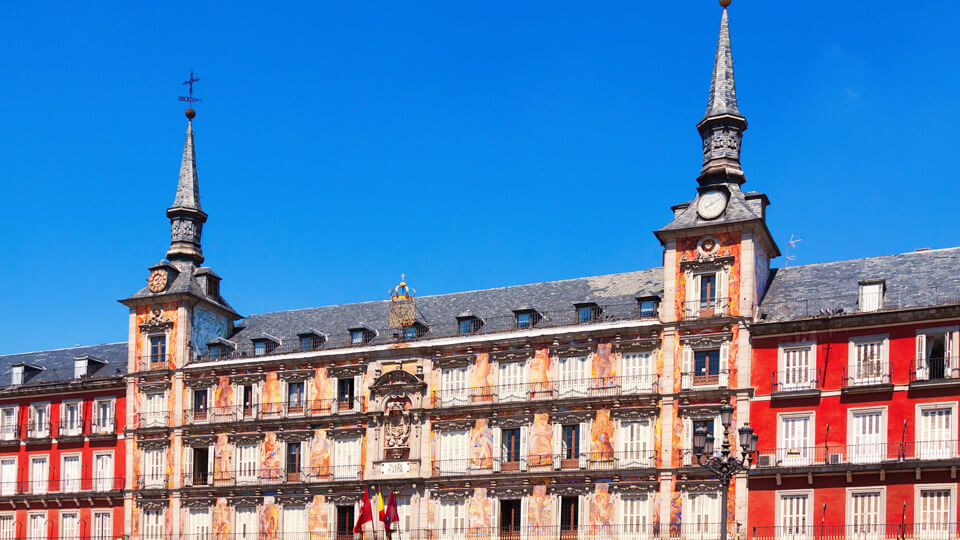
TAKE A GLANCE AT THE MADRID MUSEUMS
Many European capitals are known for their impressive scale of museums and art galleries, but when talking about Madrid, there is something particularly unique. Three of its most famous museums are neighbors along the same street. The Paseo del Arte (or Art Walk) makes it especially convenient for visitors to take in such celebrated masterpieces and works of art. Who doesn’t like easy access to major cultural attractions?
Without a doubt, Madrid is a museum lover’s dream come true, offering something for just about everyone. If you want to dig a little deeper into the cultural side of the Spanish capital, come join us!
THE PRADO MUSEUM
The Museo del Prado is the crown jewel of one of the capital’s most visited tourist itineraries: the Paseo del Arte. Its walls are lined with masterpieces from the Spanish, Italian and Flemish schools, including Velázquez’s ‘Las Meninas’ and Goya’s “Naked Maja”. Its collection comprises 8,600 paintings and over 700 sculptures, so you better decide what you want to see before stepping into the museum.
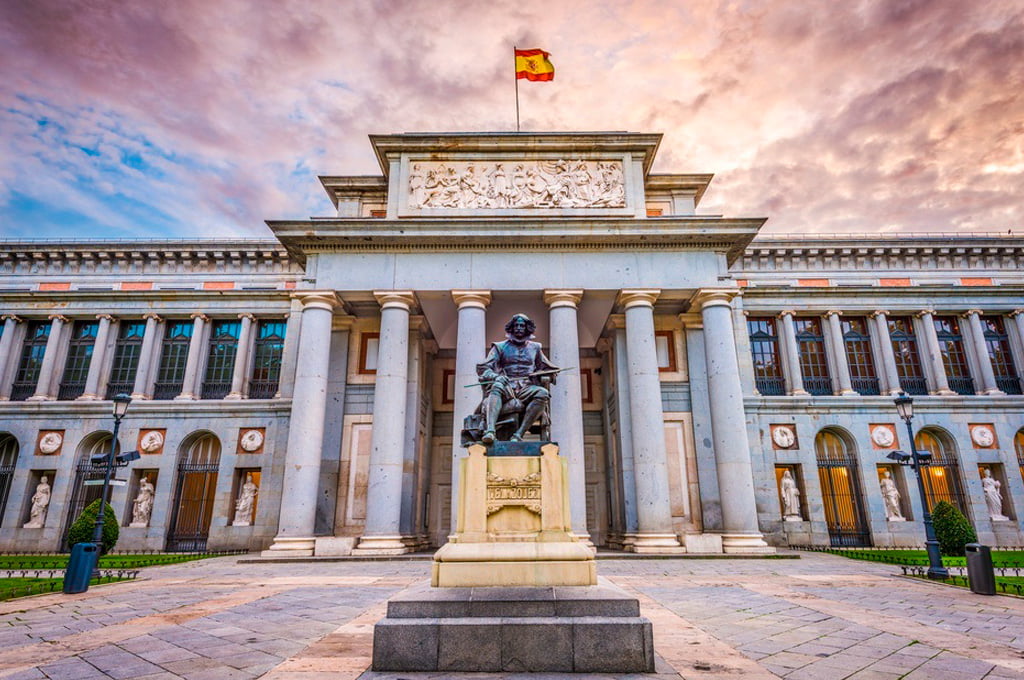
The world-famous Prado Museum is on top of the must-sees in Madrid
The permanent collection comprises a whole range of different styles, time periods and artists. Among the artists exhibited in the Prado you can find works by such great masters of European painting as Velázquez, El Greco and Hieronymus Bosch. Make also sure to visit the Goya paintings downstairs – they are well worth it!
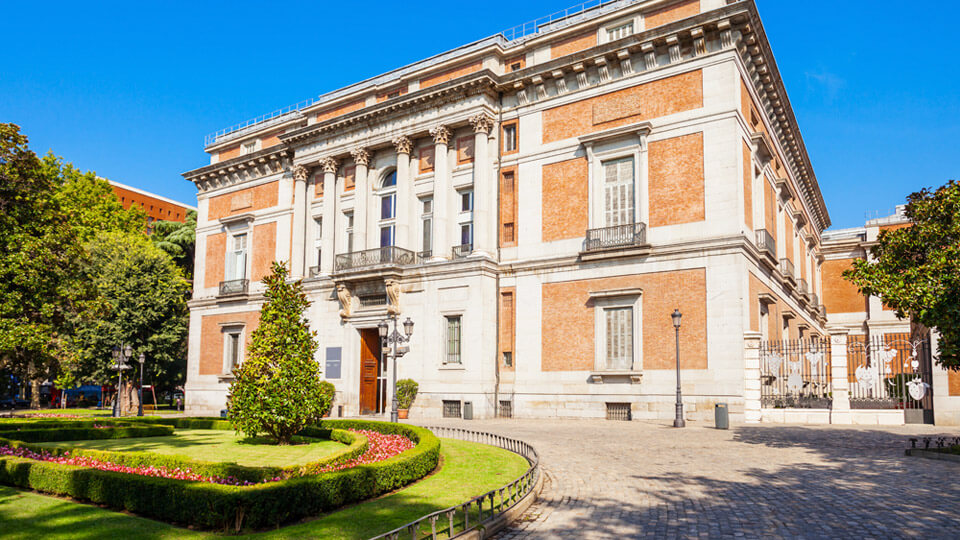
Where is the Prado Museum located?
The Prado Museum, officially known as Museo Nacional del Prado, is the main Spanish national art museum, located in central Madrid, in Calle Ruiz de Alarcón no. 23. Based in the “Golden Triangle of Art” close to the Prado, Thyssen Bornemiza, and Reina Sofia Museums, it´s easy to get to because both the Atocha and the Banco de España metro stations are a ten-minute walk from the Museo entrance.
DISCOVER THE MOST FAMOUS PAINTINGS OF FRANCISCO DE GOYA Y DIEGO VELÁZQUEZ: LA MAJA DESNUDA AND LAS MENINAS
Famous painter Francisco de Goya
Sometimes called the father of modern art, Spanish painter Goya painted royal portraits as well as more subversive works in late 1700s and early 1800s. During his long career, Goya moved from jolly and lighthearted to deeply pessimistic and this is revealed in his paintings, drawings, etchings, and frescoes.
Francisco de Goya became the court painter to the Spanish Crown. He is known for his Black Paintings that reflect both his fear of insanity and his bleak outlook on humanity.
Goya is referred at as the most important Spanish artist of late 18th and early 19th centuries and one of the great portraitists of modern times. Moreover, his style became an inspiration for later generations of artists.
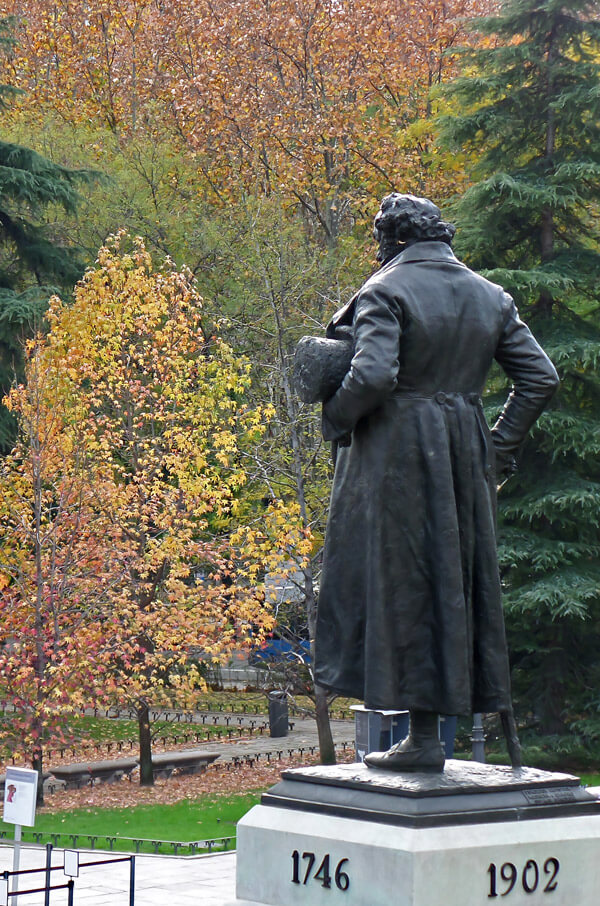
Goya and the “Naked Maja”
The Naked Maja or “La Maja Desnuda” is one of the most famous paintings of Francisco de Goya and was painted sometime between 1797 and 1800.
Goya´s Naked Maja depicts a nude woman laying back on a spread of pillows who looks directly at the viewer and with her hands resting behind her head. The background is dark and without feature and the light of the painting is solely focused on her.
Goya also painted a near identical version of this painting named “La Maja Vestida”. In this piece the setting and pose are identical but the woman is fully clothed. These two paintings are commonly presented as a pair and were commissioned at the same time.
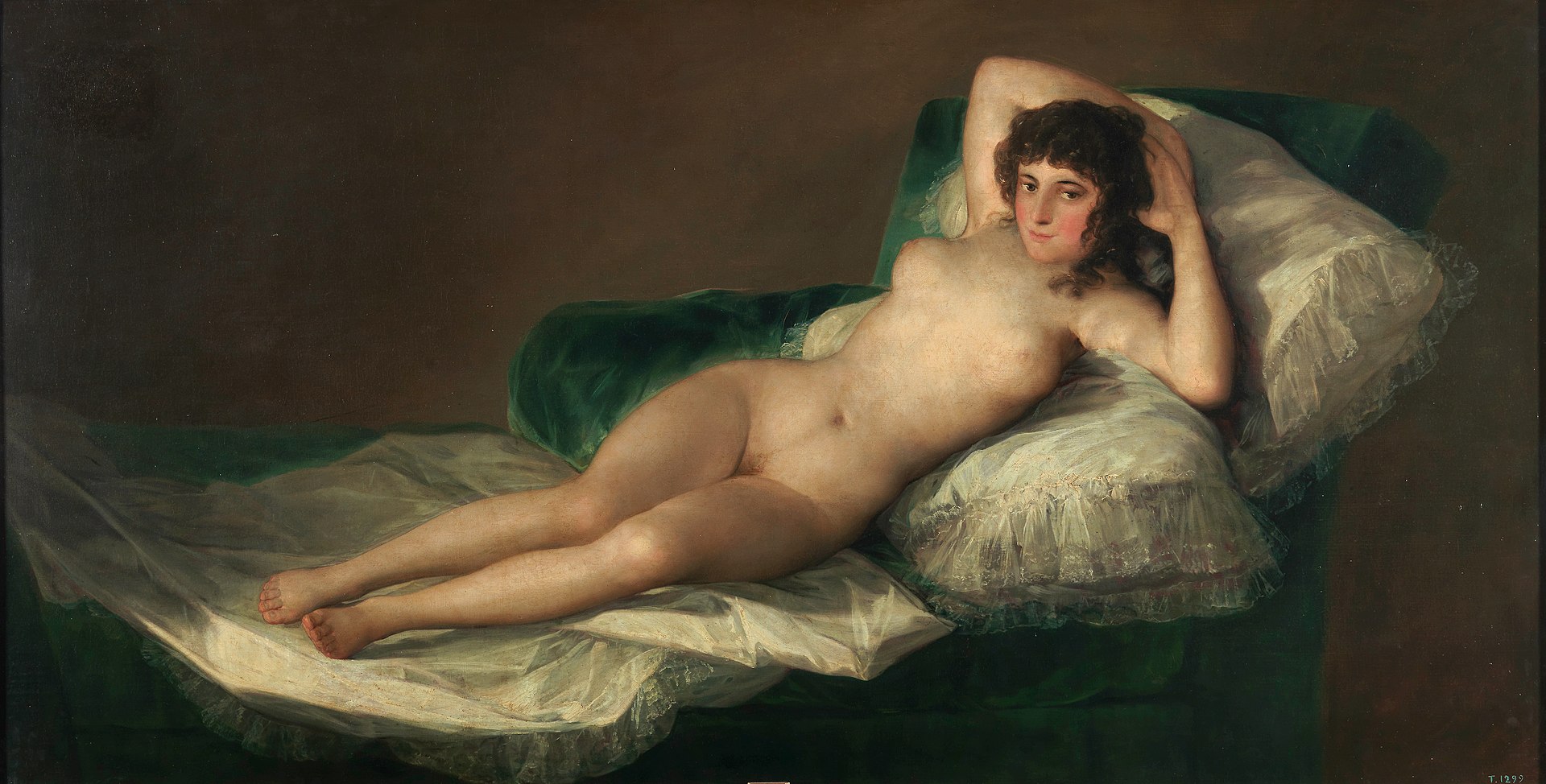
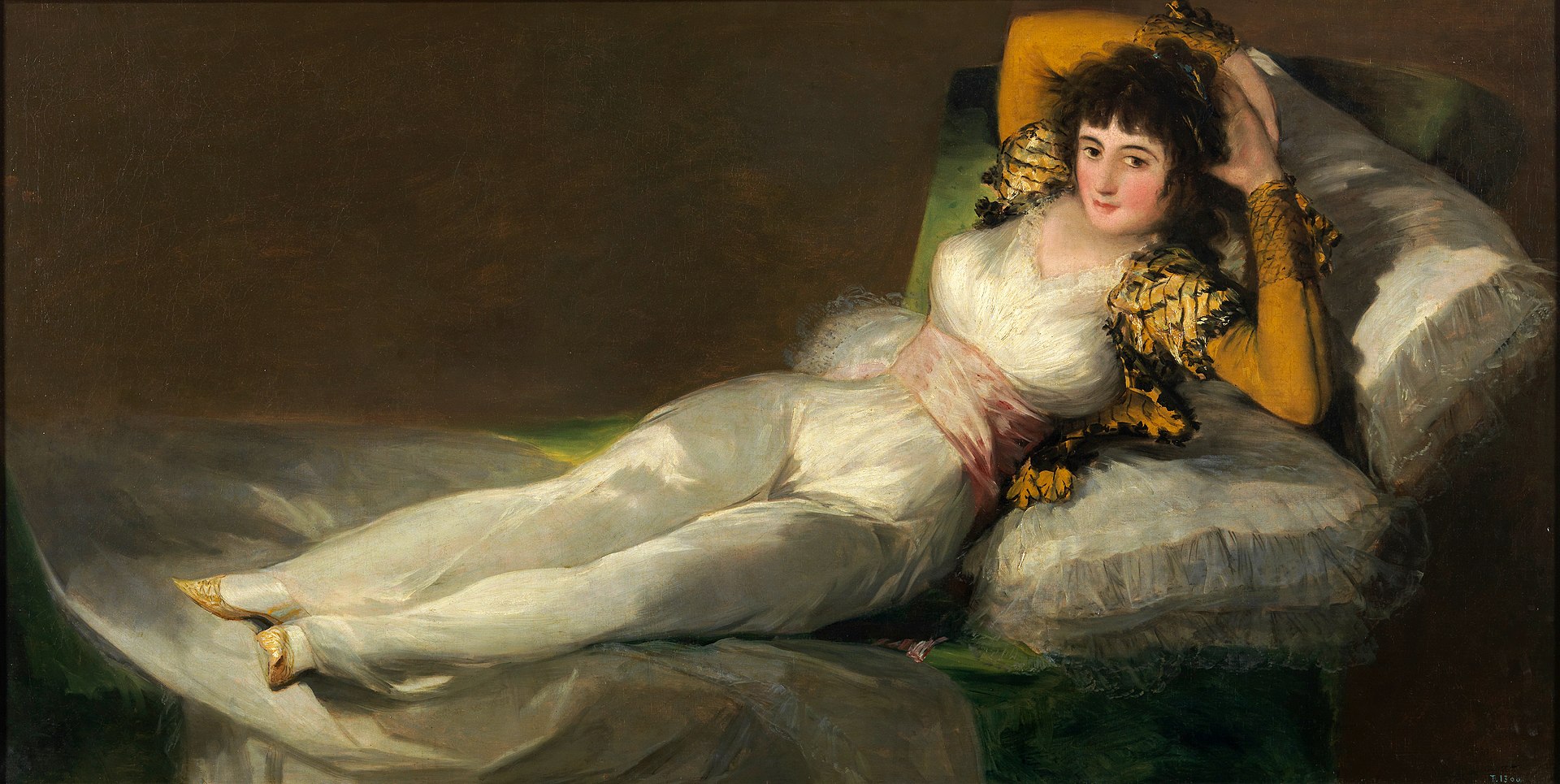
Images: “La Maja Desnuda” (https://es.wikipedia.org/wiki/La_maja_desnuda#/media/Archivo:Maja_desnuda_(museo_del_Prado).jpg) and “La Maja Vestida” (https://es.wikipedia.org/wiki/La_maja_vestida#/media/Archivo:Maja_vestida_(Prado).jpg). Public Domain Licenses.
DIEGO VELAZQUEZ: THE SPANISH PORTRAIT MASTER
For major artists of the 20th-century, Diego Velazquez was described as the painter of painters. The author of many celebrated portraits, the famous Spanish artist was a member of King Philip IV’s royal court.
His portrait paintings of various members of the court and other nobles brought him admiration during his lifetime and later.
Besides, Velazquez produced scenes depicting historical and cultural events. His masterpiece Las Meninas is proudly exhibited in the Prado National Museum from Madrid, Spain.
The History and the Mystery of “Las Meninas” by Diego Velázquez
One of Velázquez`s most famous paintings and among those in which he made most effort to create a complex and rational composition to bring a sense of life and reality (while enclosing a dense network of meanings) is “Las Meninas”.
For over 350 years, art lovers have been fascinated by this complex oil painting Las Meninas. Tis masterpiece is an incredibly nuanced depiction of life in the court of King Philip IV of Spain. Perhaps one of the most important paintings in all of Western art history, Diego Velazquez´s Las Meninas continues to influence artists today.
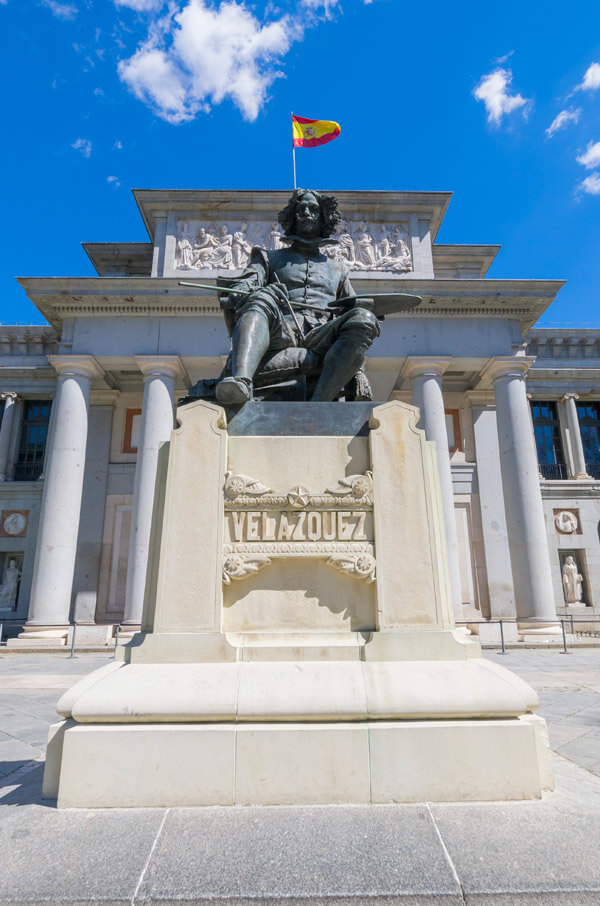
Diego Velazquez’s Las Meninas description
The title – which can be translated as “Ladies Waiting”- is a turning point in art history for the way in which Velázquez broke from the stiff formal portraits that typically defined royalty. The large canvas shows Infanta Margaret Theresa, the king’s daughter, surrounded by her attendants as Velázquez is painting her portrait.
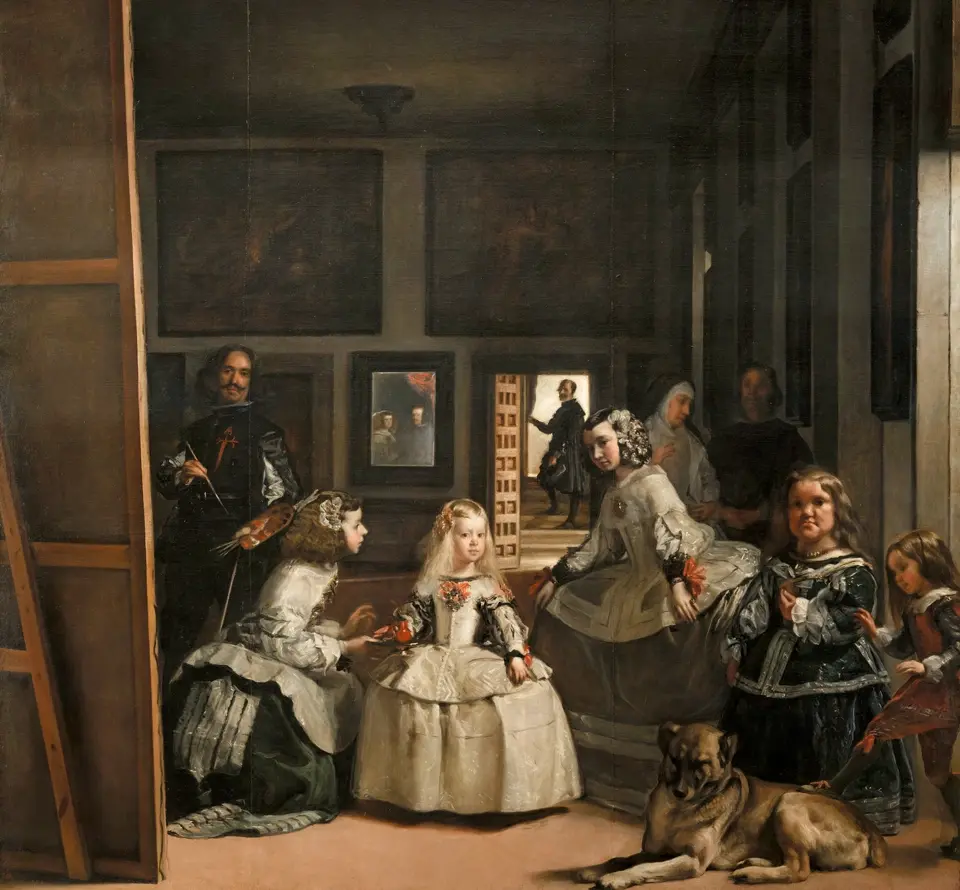
ENJOY THE MOST IMPORTANT HISTORICAL SITES FROM MADRID IN THIS TOUR!
The best places in madrid
Many of us enjoy so much traveling, so we’re always looking for the most popular spots anytime we travel in new places. With tourist attractions like Plaza Mayor, Cuatro Torres Business Area, Torres Blancas, some Madrid streets and more, get ready to experience the best places in the capital of Spain!
Historical places of madrid
The well-preserved architecture, its notable monuments and noteworthy historical sites from Madrid make it a captivating capital city in Europe worth visiting any season of the year.


